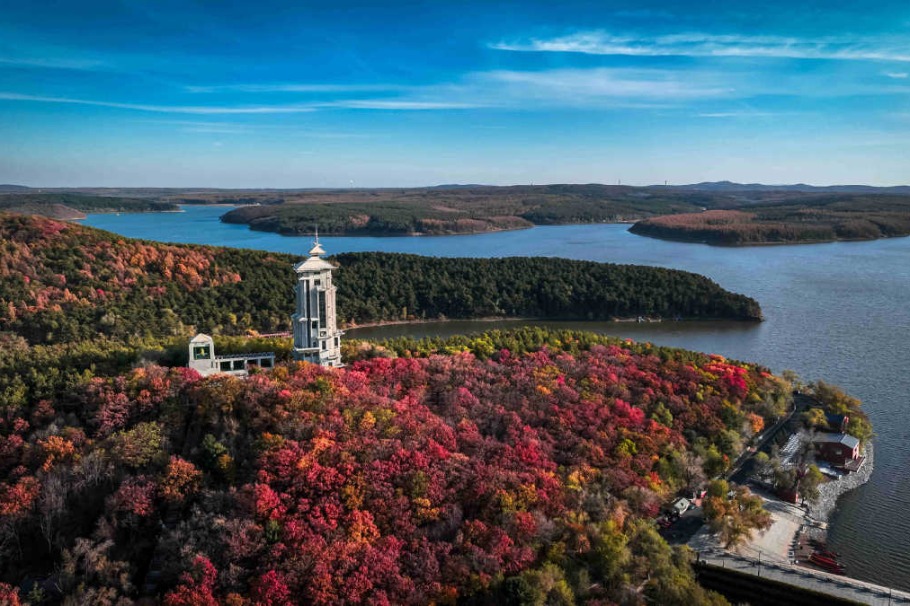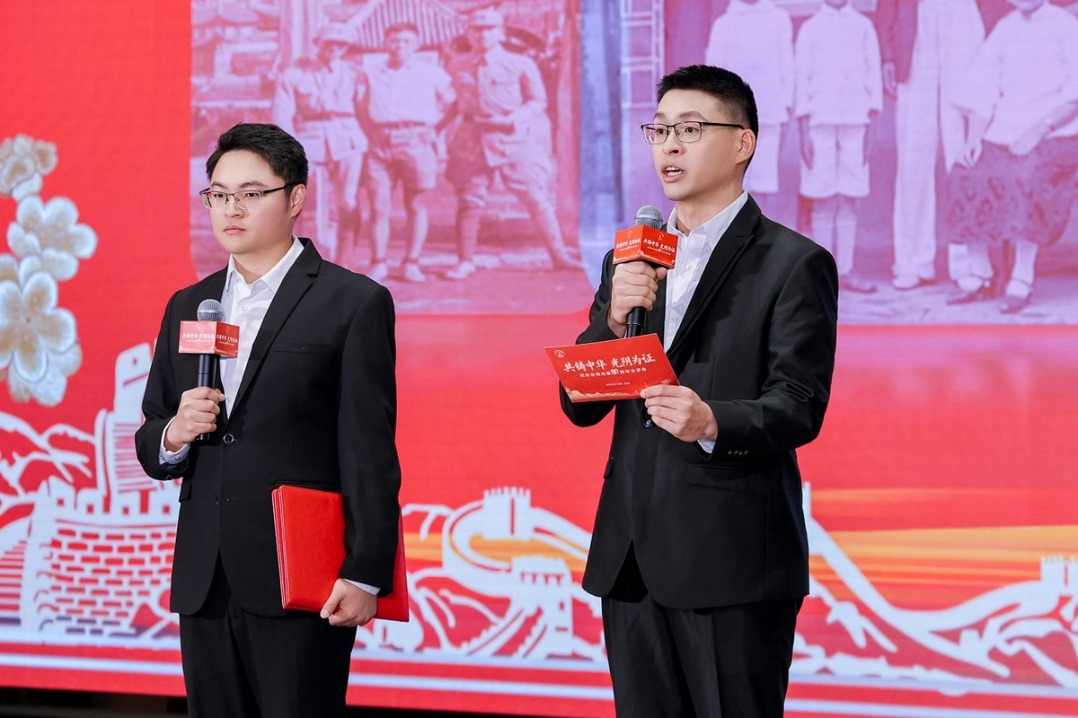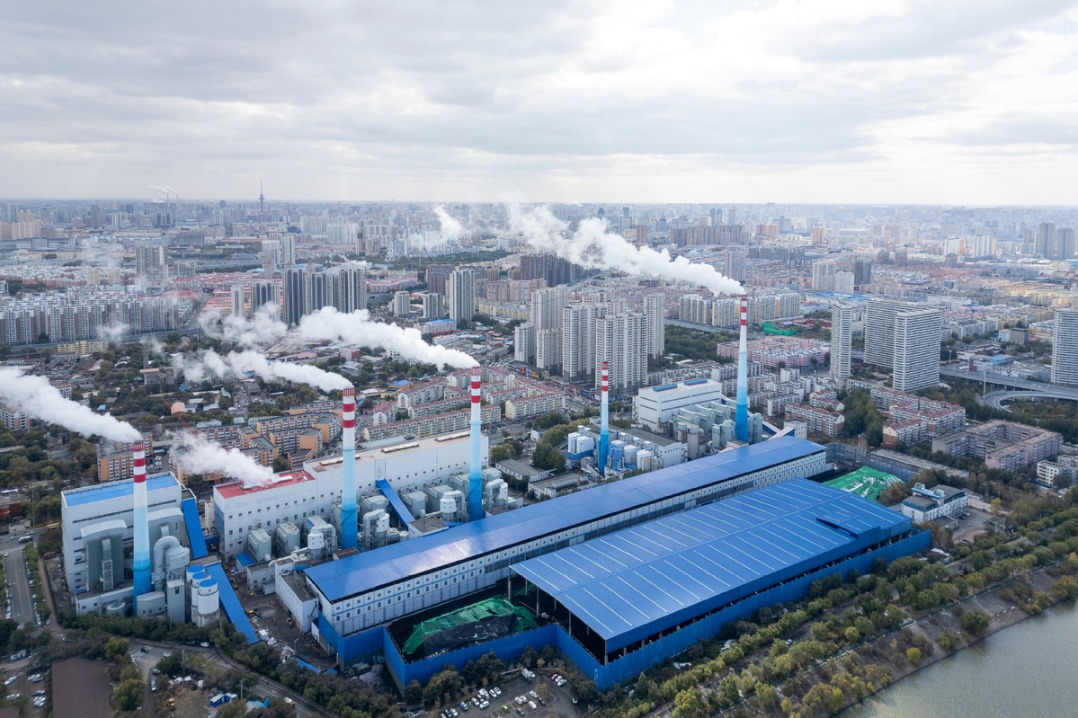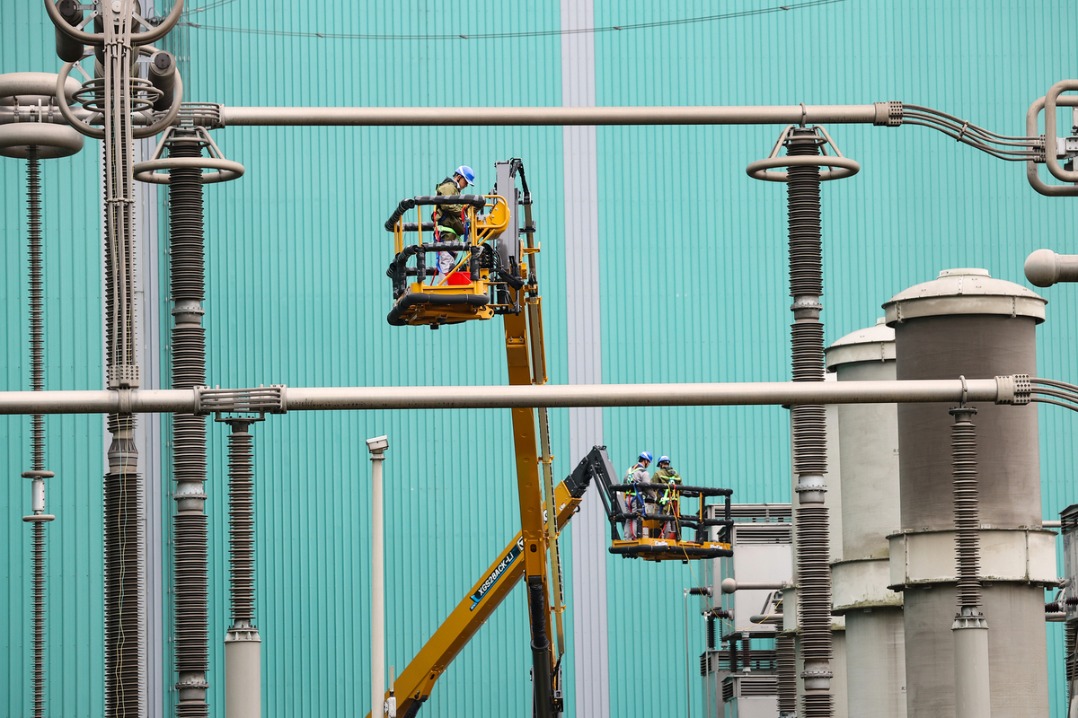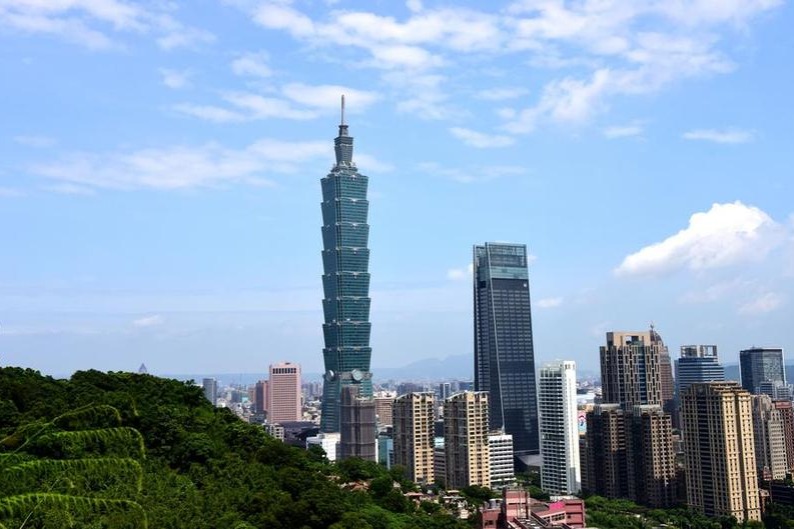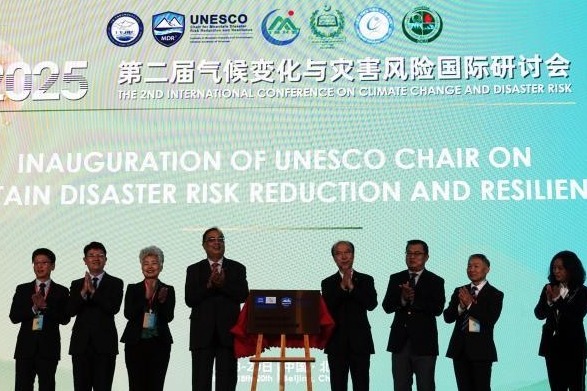Innovation could provide a brighter future for Taiwan's sky lanterns


Blessing or blemish
Also known as Kongming Lanterns, the flying torches are believed to have been invented by renowned military strategist Zhuge Liang during the Three Kingdoms period (220-280) as a means of passing military information during wartime.
During the Qing Dynasty (1644-1911), migrants from Fujian province brought them to Taiwan. Some settled in Pingxi, a hillside town in the north of the island. Threatened by bandits, the residents often fled into the mountains.
Those left in the town would use lanterns to signal safety and call their families home. As a result, they became known as "safety lanterns" or "blessing lanterns".
Sky lanterns are arguably one of the best-known symbols of Taiwan. The Taiwan Pavilion at the 2010 Shanghai World Expo was built in the shape of a huge sky lantern, and during holidays the number of visitors to Pingxi has been known to reach 100,000.
Pingxi's annual Lantern Festival held during Spring Festival, aka Lunar New Year, provides a major spectacle as thousands of lanterns rise in the darkness.
The following day, however, is another story: fallen lanterns are scattered on roofs, treetops, in streams, everywhere. They become garbage.
Most local dealers make lanterns with waterproof paper and adhesive tape or iron wire, but these materials do not degrade easily. It has been reported that the iron frames have injured or trapped wild animals, and in some cases the lanterns have caused fires or traffic accidents.
"Don't let the lantern with your dreams become a nightmare for locals," said a petition drawn up by some Pingxi residents who are calling for a ban.
That sentiment was echoed by a YouTube viewer writing under the name Afengxueping: "I really don't encourage the release of sky lanterns. I have seen a falling lantern kill an owl."
During the 2014 Lantern Festival, environmentalists criticized the mayors of three cities in Taiwan for releasing sky lanterns together. Local authorities were required to re-evaluate the risks and tighten controls.
"Rather than the lantern itself, it is the garbage the lantern produces that should be banned," Shao said.
- Vibrant autumn colors attract tourists to Changchun park
- Shanghai's first exhibition for elderly learning highlights China's educational innovation
- New IP protection center to foster innovation in Greater Bay Area
- Respect the power and beauty of Qomolangma
- Xinjiang investigates vandalism of prominent desert landmark
- Over 300,000 migratory birds expected to flock to China's Guangdong
















